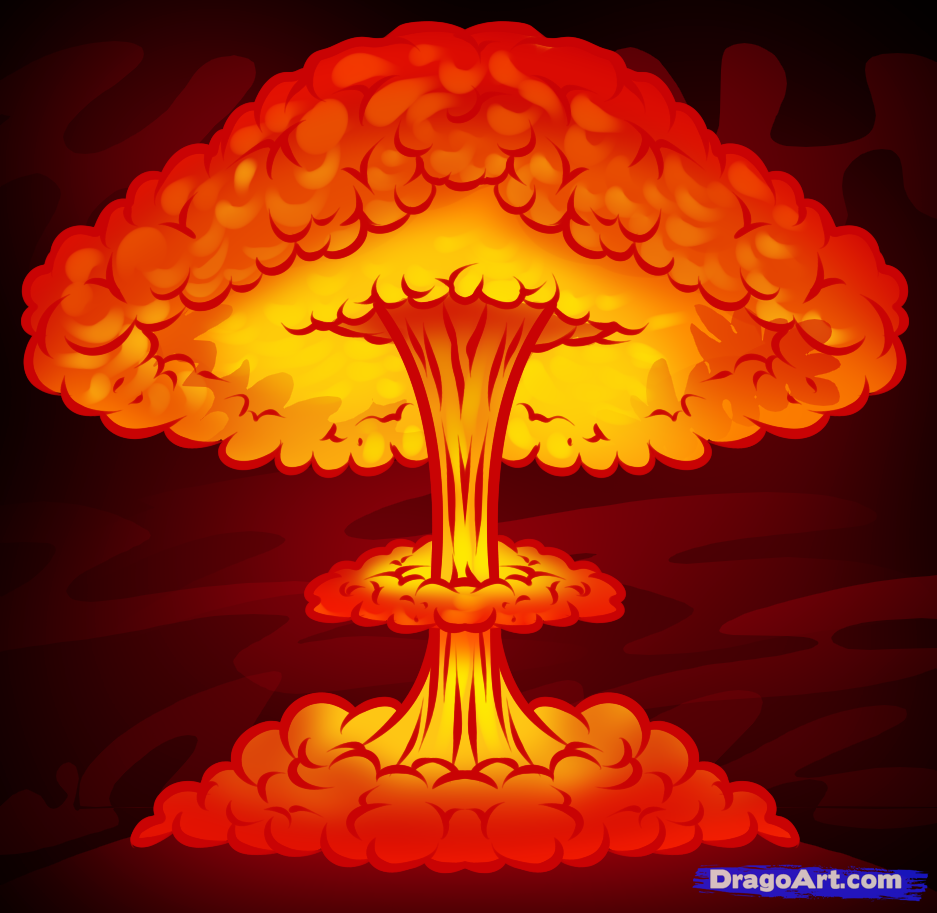By far the most pervasive myth of nuclear power is that the reactor goes critical just before it explodes. This is non-sense and has been a constant source of irritation to people knowledgeable about nuclear power. I don’t care how big a budget the movie has, when characters start talking about nuclear power they always get it wrong. The only description I have ever seen in popular culture that got it right was Tom Clancy.
Simply put when a reactor is critical, it is creating enough power to sustain a nuclear reaction.
A nuclear reaction is controlled by several factors including design of fuel and control rods, degree of enrichment of the uranium, medium used for heat transfer. The two things controlled by nuclear plant operators are position of control rods and coolant.
When a reactor is “scrammed” the control rods are rapidly inserted into the reactor. The rods absorb energy that would otherwise go into the fuel and disrupt the chain reaction from continuing. Thus the reactor is shutdown. Gradual raising and lowering of control rods can increase or decrease the temperature of the reactor. Depending on the design, a reactor will operate at a temperature of 450 – 600 degree Fahrenheit.
Coolant is used to transfer heat from the reactor to heater exchangers (often steam generators) and then the cooler fluid is pumped back to the reactor to be heated again. Usually the coolant is very pure water. However, I have been to an early reactor in Idaho that was cooled by liquid sodium. This closed loop then transferred heat to another closed loop of liquid sodium and then via a heat exchanger, created steam to power a generator. Imagine if this was the design in Japan and they had to resort to cooling their reactors with sea water. (If you didn’t know, sodium reacts violently with water.)
In many water cooled plants, the water not only is used to transfer heat but it actually can help control the nuclear reaction. In water cooled, water moderated nuclear power plants, the water’s ability to expand when heated and contract when cooled is used to help the reactor maintain a constant temperature. When the water is heated, the water molecules get further apart and reflect fewer neutrons back into the fuel, when the temperature decreases, the water becomes denser and will reflect more neutrons back into the reactor.
A normally operating reactor is critical and will maintain a rather constant temperature as long as the heater transfer process is constant.
Next time you see a movie featuring a hero that is desperately trying to prevent the reactor from going critical; please remember that you are witnessing a drama where a Hollywood myth is being presented as fact. Reactors are supposed to go critical. That’s what they are designed to do.
